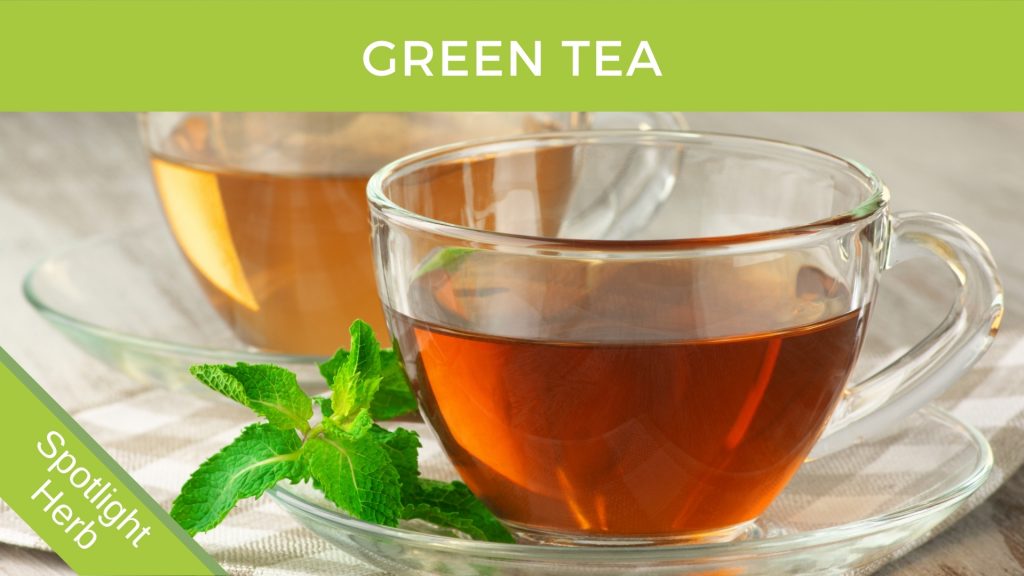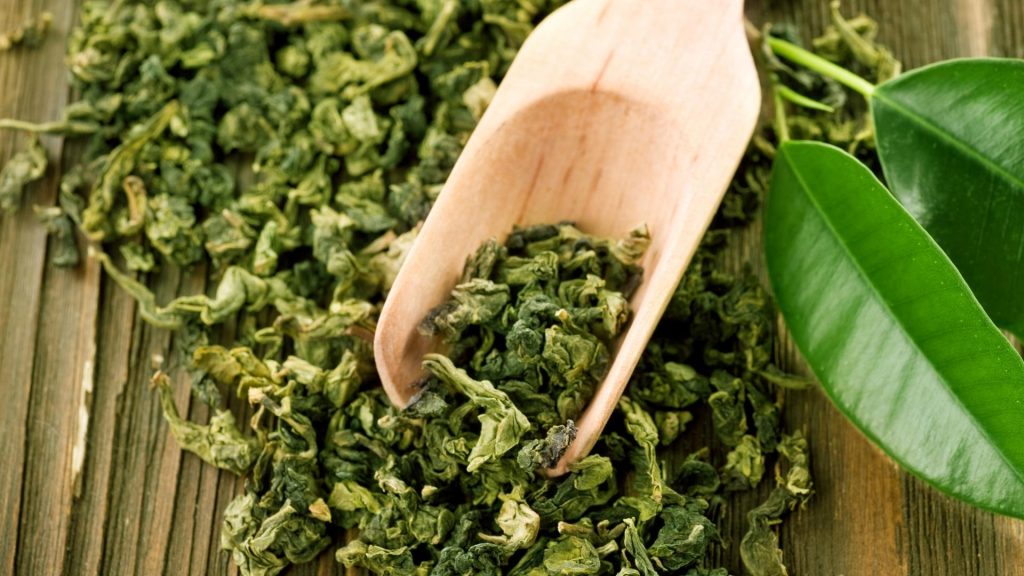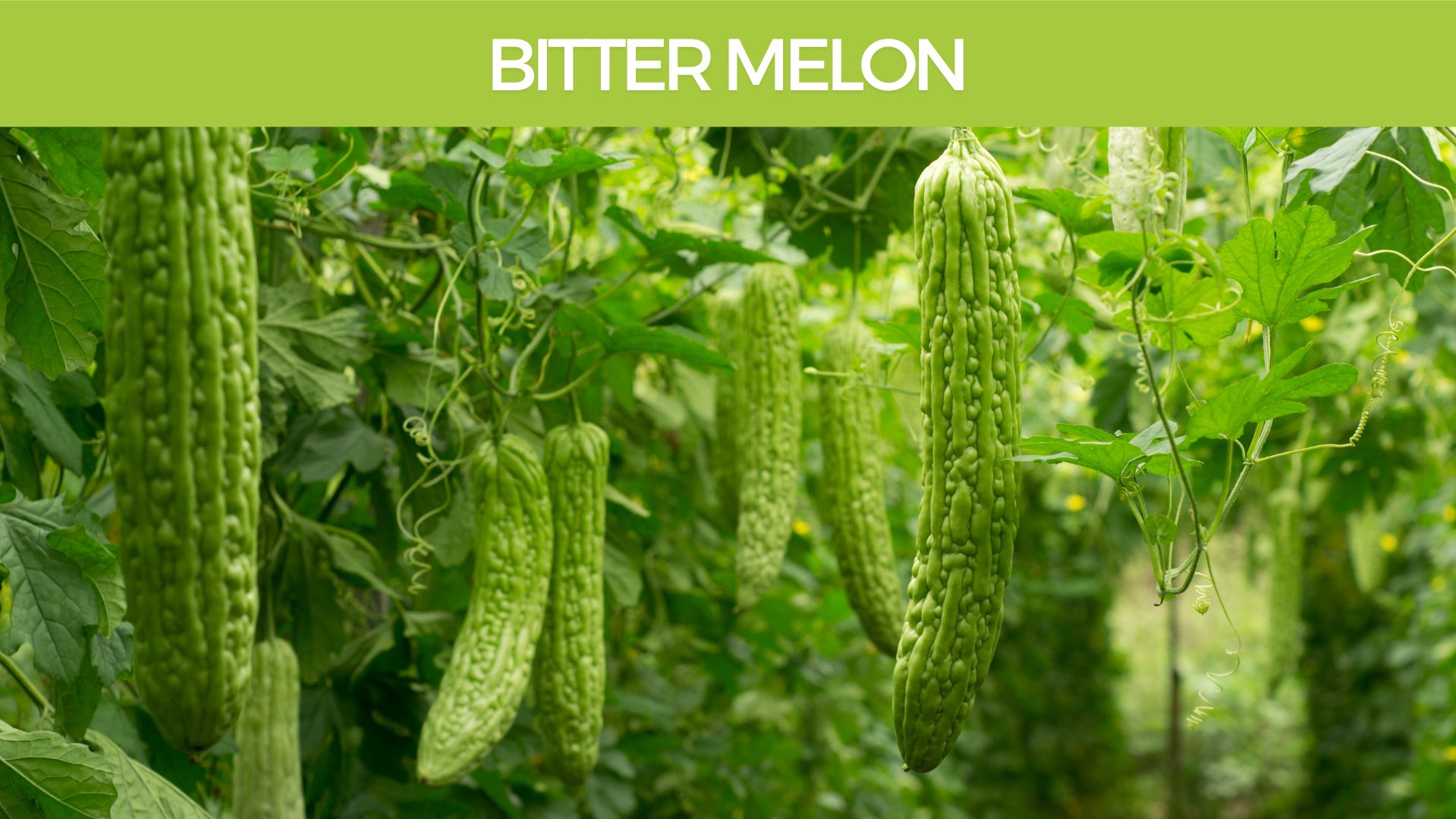- 2 years ago
- 7Minutes
- 1608Words
- 1261Views
Green Tea is talked about a lot. There are lots of related products that have popped up on the market. From my experience, it’s great but to have a positive impact it needs to be taken along with other herbs such as Yerba Mate, Garcinia or Guarana.
You can find Green tea extract in these Ultimate Herbal Health products:
(1) Zheng XX, Xu YL, Li SH, Liu XX, Hui R, Huang XH. Green tea intake lowers fasting serum total and LDL cholesterol in adults: a meta-analysis of 14 randomized controlled trials. Am J Clin Nutr. 2011; 94(2):601-10.
(2) Fujita H, Yamagami T. Antihypercholesterolemic effect of Chinese black tea extract in human subjects with borderline hypercholesterolemia. Nutr Res. 2008;28(7):450-6.
(3) Ryu OH, Lee J, Lee KW, et al. Effects of green tea consumption on inflammation, insulin resistance and pulse wave velocity in type 2 diabetes patients. Diabetes Res Clin Pract. 2006;71(3):356-8.
(4) Kovacs EM, Lejeune MP, Nijs I, Westerterp-Plantenga MS. Effects of green tea on weight maintenance after body-weight loss. Br J Nutr Mar 1, 2004;91(3):431-437.
(5) Alschuler L. Green Tea: Healing tonic. Am J Natur Med 1998;5:28-31.
Graham HN. Green tea composition, consumption, and polyphenol chemistry. Prev Med 1992;21:334-350.
(6) Erba D, Riso P, Colombo A, Testolin G. Supplementation of Jurkat T cells with green tea extract decreases oxidative damage due to iron treatment. J Nutr 1999;129:2130-2134.
(7) Dulloo AG, Seydoux J, Girardier L, et al. Green tea and thermogenesis: interactions between catechin-polyphenols, caffeine, and sympathetic activity. Int J Obes Relat Metab Disord 2000;24:252-258.
(8) Juhel C, Armand M, Pafumi Y, et al. Green tea extract (AR25) inhibits lipolysis of triglycerides in gastric and duodenal medium in vitro. J Nutr Biochem 2000;11:45-51.
(9) Dulloo AG, Duret C, Rohrer D, et al. Efficacy of a green tea extract rich in catechin polyphenols and caffeine in increasing 24-h energy expenditure and fat oxidation in humans. Am J Clin Nutrition 1999;70:1040-1045.
(10) Goto K, Kanaya S, Nishikawa T, et al. Green tea catechins improve gut flora. Ann Long-Term Care 1998;6:1-7.
(11) Yang et al., 1999
(12) Dulloo et al., 1999
(13) Green tea catechins decrease total and low-density lipoprotein cholesterol: a systematic review and meta-analysis. PUBMED https://www.ncbi.nlm.nih.gov/pubmed/22027055
Description
Tea is one of the most widely consumed beverages in the world today, second only to water, and its medicinal properties have been widely explored. The tea plant, Camellia sinensis, is a member of the Theaceae family.
Black, oolong, and green tea are all produced from its leaves. It is an evergreen shrub or tree and can grow to heights of 30 feet, but is usually pruned to 2-5 feet for cultivation.
Traditional Use
In traditional Chinese and Indian medicine, practitioners used it as a stimulant, a diuretic to reduce fluid build retention, an astringent to control bleeding, and to improve heart health. Other traditional uses include reducing gas, balancing blood sugar and improving digestion.
Modern Use
Green tea is produced from steaming fresh leaves at high temperatures, thereby inactivating the oxidizing enzymes and leaving the polyphenol content intact. Green tea has become the raw material for extracts used in various beverages, dietary supplements, and cosmetic items.
Unlike black tea and oolong tea production does not involve oxidation of young tea leaves. The secret of Green tea lies in the fact it is rich in catechin polyphenols, particularly epigallocatechin gallate (EGCG). EGCG is a very powerful antioxidant with many known health benefits, and how these antioxidants are preserved is by steaming the tea leaves (which creates Green and White teas) instead of fermenting the leaves (which produces black and oolong teas).
Active constituents
The polyphenols found in tea are more commonly known as flavanols or catechins and comprise 30-40% of the extractable solids of dried green tea leaves. The main catechins are epicatechin, epicatechin-3-gallate, epigallocatechin, and epigallocatechin-3-gallate (EGCG), with the latter being the highest in concentration.
Pharmacology
Tea catechins are absorbed through the oral mucosa, which may assist in preventing oral and esophageal cancers. Levels of EGCG are higher in saliva than in blood after ingestion of a single cup of tea. Drinking tea slowly delivers high concentrations of catechins to the oral cavity and then the esophagus, whereas tea extract in solid dosage forms results in no detectable salivary catechin level (11)
By inhibiting catechol O-methyltransferase (COMT), the enzyme that degrades norepinephrine, tea catechins prolong the life of norepinephrine in the synaptic cleft, while tea alkaloids inhibit phosphodiesterases, which prolongs the life of cAMP in the cell, resulting in an increased, and more sustained effect, of norepinephrine on thermogenesis (12)
See a full analysis of green tea catechins here
Clinical Studies:
- Green tea polyphenols have demonstrated significant antioxidant, anticarcinogenic, anti-inflammatory, thermogenic, probiotic, and antimicrobial properties in numerous human, animal, and in vitro studies. (5)
- Detoxification – Green tea polyphenols stimulate the activity of liver detoxification enzymes, thus promoting detoxification of foreign chemical compounds. They are also capable of chelating metal ions that could generate oxygen free radicals. (6)
- High cholesterol – Research shows that green tea lowers total cholesterol and raises HDL (good) cholesterol in both humans. One population-based clinical study found that men who drink green tea are more likely to have lower total cholesterol than those who do not drink green tea. In another small study of male smokers, researchers found that green tea significantly reduced blood levels of harmful LDL cholesterol. (1, 2, 13))
- Diabetes – Green tea has been used traditionally to control blood sugar levels. Animal studies suggest that green tea may help prevent the development of type 1 diabetes and slow the progression once it has developed. In people with type 1 diabetes, their bodies make little or no insulin, which helps convert glucose or sugar into energy. Green tea may help regulate glucose in the body. (3)
- Weight loss – Clinical studies suggest that green tea extract may boost metabolism and help burn fat. One study found that the combination of green tea and caffeine improved weight loss and maintenance in people who were overweight and moderately obese. Some researchers think that substances in green tea known as catechins are responsible for its fat-burning effect. (4) A human study of green tea extract containing 90 mg EGCG taken three times daily concluded that men taking the extract burned 266 more calories per day than did those in the placebo group and that green tea extract’s thermogenic effects may play a role in controlling obesity (9) Research on green tea’s thermogenic properties indicates a synergistic interaction between its caffeine content and catechin polyphenols may result in prolonged stimulation of thermogenesis. (7) Studies have also shown green tea extracts are capable of reducing fat digestion by inhibiting digestive enzymes. (8)
- Digestive balance – A small study in Japan demonstrated a special green tea catechin preparation (30.5% EGCG) was able to positively affect intestinal dysbiosis in nursing home patients by raising levels of Lactobacilli and Bifidobacteria while lowering levels of Enterobacteriaceae, Bacteroidaceae, and eubacteria. Levels of pathogenic bacterial metabolites were also decreased. (10)
Dosage forms
Infusion: 150–250 ml boiling water poured over 1.0–2.5 g finely cut dried leaf, steeped 3–5 min. for use as a stimulant (alkaloids extract rapidly). Steeped at least 10 min. for use in the treatment of diarrhea (catechins take longer to extract). Drunk several times daily. Tea should be steeped for 15–20 min. in order to maximize the yield of catechins, though this will make the tea taste bitter. At least 1 cup drunk daily for antioxidant effect.
Powder: 8 capsules (250 mg each) daily with meals to treat obesity.
Extract: two, 250 mg capsules, 3 times daily with meals for weight control [standardized to 25% catechins].
Conclusion
There is both a long tradition and numerous clinical studies supporting the use of green tea as a health-promoting product. The traditional and clinical evidence is overwhelming and consistent, suggesting green tea should have a place among the great herbal medicines.
I think that its use in liver detoxification, weight management, metabolic energy promotion, blood sugar balance, cholesterol control, and digestive support make it a key part of any detox program or weight management program and that’s why we have included it our Ultimate Herbal Health Program.
You can find Green tea extract in these Ultimate Herbal Health products:
Brett Elliott ®






